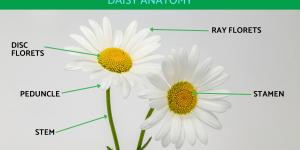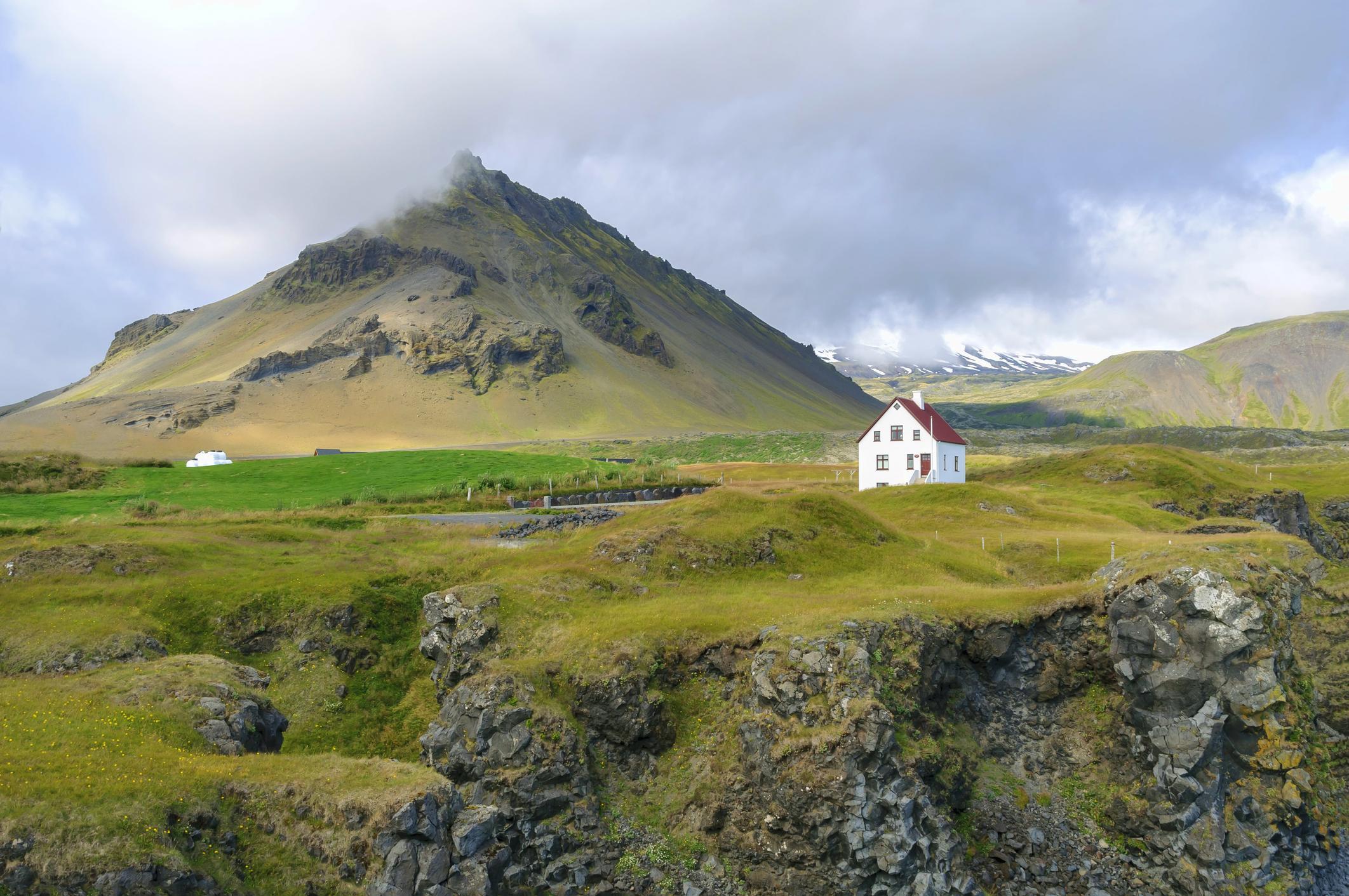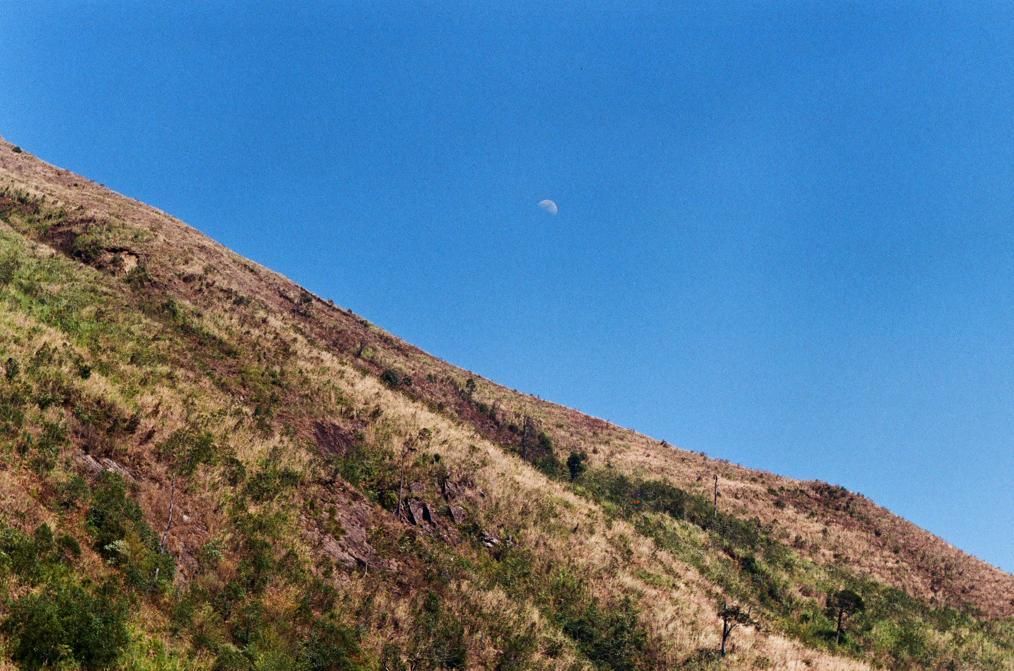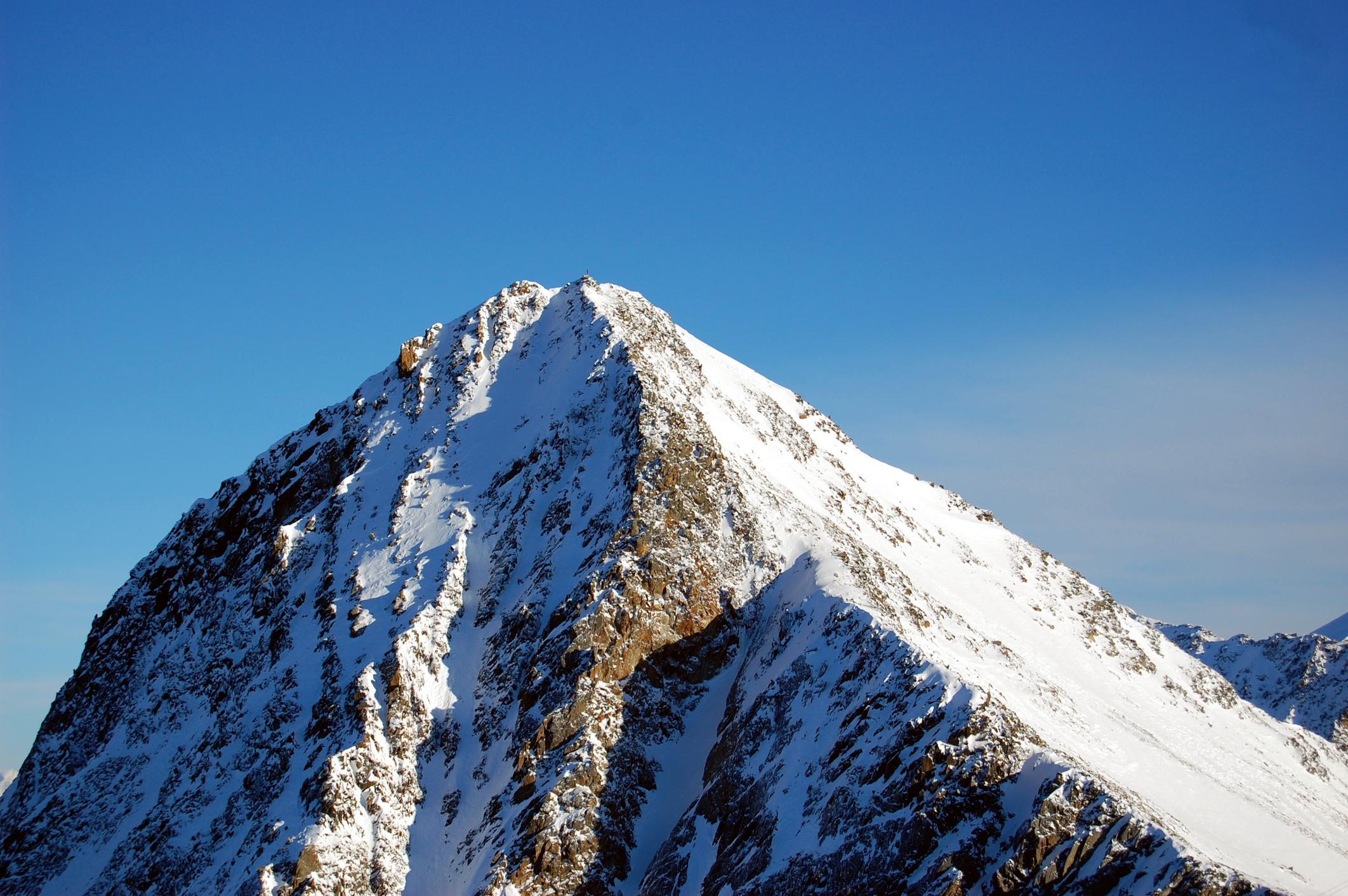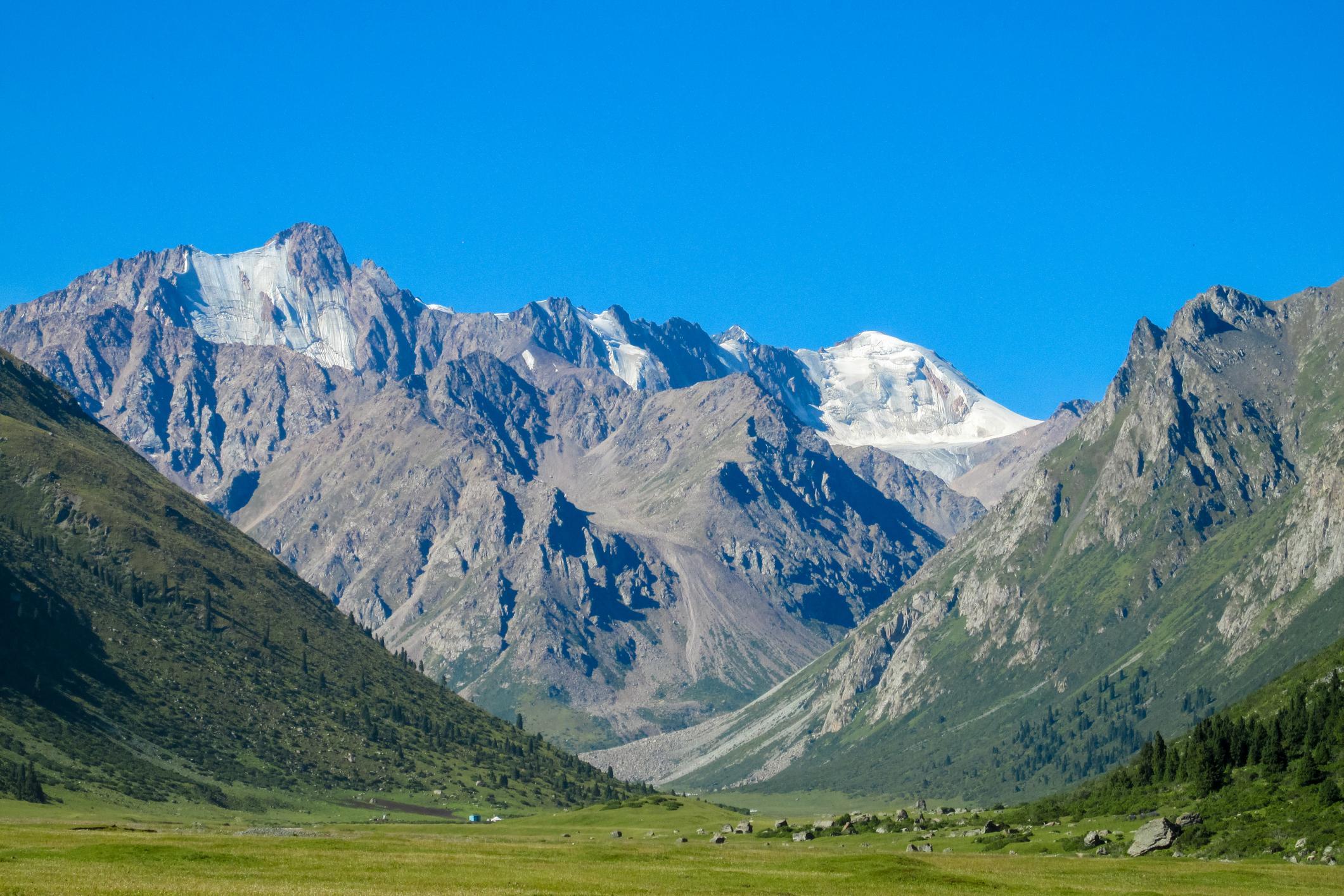Parts of a Mountain - Mountain Topography Terms


Topography is the study of different land surfaces, specifically their forms and structures. Some of the most fascinating land surfaces belong to mountains, geological features which are elevated portions of the Earth's crust. Only such elevations which exceed 300 meters above their surrounding area are considered mountains, as opposed to hills or other smaller elevations. Mountains have various topographical features, including ridges and summits. It is the summit of the mountain called Mount Everest which is the highest point on Earth. Between 60 and 80% of all our fresh water comes from mountains. They are also habitats to various plant and animal species, as well as 15% of the world's human population.
Mountains are incredibly important for life on Earth. At thedailyECO, we get to know them in a little more detail by looking at the different parts of a mountain. In discovering these mountain topography terms, we will
How mountains are formed
It is easy to think of mountains as separate entities, but really they are a natural feature of the Earth's surface. This makes them a part of a larger land mass, rather than separate entities from them. Since mountains result from the Earth itself, we can look at the composition of the Earth itself:
- Inner core: solid.
- Outer core: molten.
- Mesosphere: where the mantle is located.
- Lithosphere: the outermost layer of the Earths surface which includes the crust and upper mantle. It is divided into fragments that we know as tectonic or lithospheric plates.
Now we know about the Earth's composition, we can learn how it is related to the formation of mountains. The process of mountain creation is known as orogenesis, the dynamics of which are driven by heat. This heat originates in the innermost layers of the planet and emanate to the outermost via convection.
Learn more about the origins of the continents with our related article on the Rodinia supercontinent.
At one stage, the Earth's surface was covered in molten magma. The surface eventually cooled to allow land to form, but the accumulation of heat underneath the crust allows pressure to build. This pressure cause tectonic plates to move horizontally. They can collide with each other and cause the Earth's lithosphere to fold and rise. This is the basic formation of a mountainous relief. Over time, these elevations may rise and reach even greater heights.
The nature of lithospheric collisions depend on certain factors, including the boundaries between plates. The different types of tectonic boundaries include:
- Convergent: plates meet head-on and collide with each other.
- Divergent: plates are moving apart.
- Transform: plates move sideways relative to each other.
If we take a look at mountains formed by convergent tectonic boundaries, we can see what happens to the two plates. When the tectonic collision happens, one of them moves downwards and enters the mantle. The other remains on the surface, but gradually folds and deforms to give rise to mountain ranges. These collisions can occur between oceanic crusts, between continental and oceanic crusts, or between continental crusts. It is the latter that gave rise to the largest mountain ranges in the world, such as the Himalayas.
It can happen that part of the crust is submerged when during these clashes between tectonic plates. Being closer to the mantle, this underground layer melts and gives rise to magma, which later emerges towards the surface, causing the formation of volcanoes. Learn more about the process of orogenesis by taking a look at our article on how mountains are created.
Mountains are not simply the result of the clash between tectonic plates. Once formed, they are shaped by various other factors. These include weather erosion and further tectonic movements. This means that the parts of mountains can also change over time. However, there are some fundamental parts of mountains which remain constant.
We look at the individual parts of mountains in more detail below:
Foot
Also known as the base of the mountain, this is the topological feature with the lowest altitude, i.e. the lowest part of a mountain range. It is the area between the surrounding plains and the beginning of the gradient which slopes up towards the rest of the mountain proper.
We may be aware of the term foothills, also known as piedmont (translated literally as ‘mountain foot’). These are not the actual base of the mountain itself, but the transitional zone which is found at the base of a mountain range. They have greater levels of vegetation and more abundant fauna, both of which tend to lessen as the greater altitude makes the area less hospitable.
The foot of a mountain supports the entire structure. It covers the largest area out of all parts of mountains and are generally more accessible.
Learn more about the flora and fauna of mountain ranges with our article on Andean plants and animals.

Hillside
Although a mountain is much bigger than a hill, they both have topological slopes which are known as hillsides. These are the steepest part of a mountain which increases in altitude as the slopes eventually converge.
Due to the exposure to the elements, the hillsides of a mountain are the parts most exposed to erosion and weather. Displacement of rocks and other material along the slopes are frequent, something which further shapes the topographical features of mountains. The type of vegetation is transitional since the higher altitude is more difficult for various plants and animals to survive. Those that do are cold resistant and often require less oxygen.

Summit
Also known as the peak or mountaintop, the summit is the highest part of a mountain. They are also the points on Earth with the greatest altitude, with Mount Everest being the highest of all mountains at 8,849 m. They are also the coldest and most humid parts of a mountain.
There is some debate over individual summits since there some areas on a mountain which are not the actual summit, but may be higher in elevation. For example, a giant rock on the summit of a mountain is not the summit itself. There are also subsummits or subpeaks which are prominent places near a summit which are part of the same mountain. When we can visualize a mountain from long distances, what we are seeing is usually its peak.

Valley
A valley is not considered part of an individual mountain, but it is worth mentioning in this article on the parts of mountains. The ecosystems of mountains ranges are directly influenced by them and valleys are unique spaces which are created by rivers, glaciers or even the original mountain formations. Valleys are made from the parts of mountains, specifically where the bases of one or two mountains converge.
Learn more about the different types of ecosystems.

Other parts of a mountain
Now we know the main parts of a mountain, we can look at some short definitions of other common mountain parts. These are not all necessarily common to all mountains. They include:
- Canyon: a deep cleft between cliffs or escarpments, can be found on mountains or in other areas.
- Cliff: an area of rock on some mountains which has a vertical or almost vertical angle.
- Crag: an area good for climbing.
- Escarpment: a steep slope that separates two level areas of different elevations.
- Glacial horn: a pyramidal peak which is caused by the erosion of glacier converging on a single point.
- Pinnacle: a spire of rock separated form other rocks commonly found on mountains.
- Plateau: a flat area of terrain which can be found on mountains, but also on smaller elevations.
- Range: the term for a group of mountains.
- Snow line: the delineation of areas which have snow and those which do not.
Learn more about mountain ranges and other geographical area with our guide to natural regions.

If you want to read similar articles to Parts of a Mountain - Mountain Topography Terms, we recommend you visit our Facts about nature category.
- Asiaín Román R. 2019. The origin of MOUNTAINS. Plate Tectonics. Retrieved from: https://www.youtube.com/watch?v=YWi_a5XdM2M
- World Wide Fund for Nature (WWF). (2018). Piedmont, an ecosystem with enormous environmental value. Retrieved from: https://www.wwf.org.co/?327791/Piedemonte-un-ecosistema-con-un-enorme-valor-ambiental
- Aquae Foundation. (n.d.). How are mountains formed? Retrieved from: https://www.fundacionaquae.org/como-se-forman-montanas/
- National Geographic. (2018). The World's Mountains: Key Facts. Retrieved from: https://www.nationalgeographic.com/science/article/mountains
- Food and Agriculture Organization of the United Nations (FAO). (2020). Why Mountains Matter. Retrieved from: https://www.fao.org/fao-stories/article/es/c/1071889/

